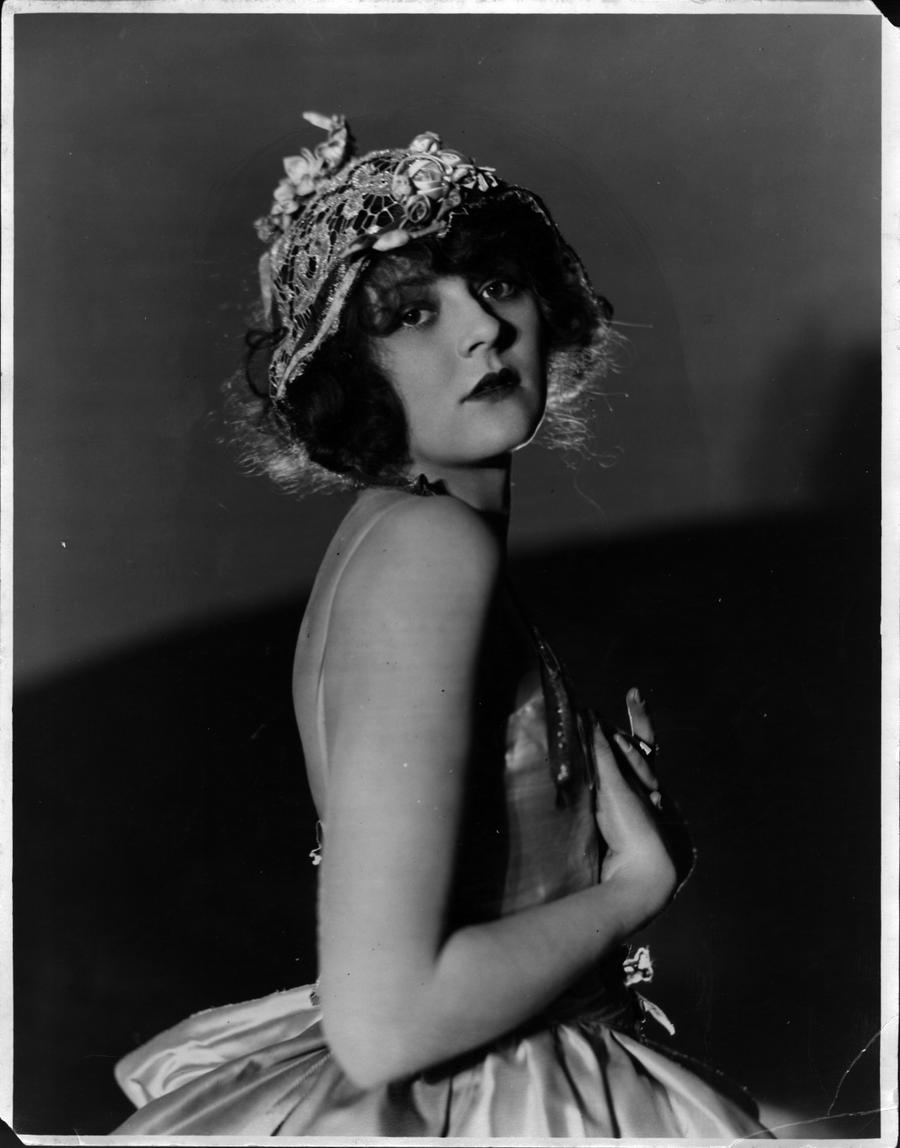alright Dames, quit lollygagging...
those flapper girls sure do sound like the cat's pyjamas!
so, who the devil were they?!
those flapper girls sure do sound like the cat's pyjamas!
so, who the devil were they?!
Born to parents of the Victorian Era, 'flapper girls' were essentially the fabulously stylish young rebels of the early 20th Century. Flappers were children during the First World War and as such, grew up during a time of austerity and sacrifice in their family life. Naturally, when they became young adults, they wanted to enjoy their independence and wealth. And boy, did they!

From 1920-1933, Prohibition was in effect. This meant that the government banned the production and sale of alcohol. What do young people do when they are given a rule? Break it, of course! Groups would throw exclusive drinking parties, known as a 'Speakeasy', usually in basements or private residences.

Colleen Moore // source
Flapper girls caused somewhat of an outrage to their Victorian parents, who had highly contrasting views about sexuality. Petting parties became popular - groups of young people gathering together for the main purpose of 'necking', or as we might say now, 'making out' - something which was socially reserved for engaged or married couples in previous decades.
As well as a liberal attitude towards drinking and dating, flappers often indulged in smoking; much to the disapproval of the older generation. Young girls in the 1920's wanted equality for women now that they had the right to vote. Men could smoke, drive, work and date more freely - flapper girls wanted to make the most of the same opportunities.

Clara Bow // source
They were very interested in fashion and were heavily influenced by Parisian trends. Coco Chanel made a huge impact during the 1920's, with her creation of the boyish 'garconne' look. During the Victorian times, heavy fabrics and corsets were desirable - Chanel proclaimed that she wanted to "let go of the waistline" and promote lighter, easier, more flimsy garments that women could enjoy life wearing.
The iconic flapper dresscode consisted of drop-waist dresses, just-above-the-knee hemlines, stockings that were often rolled down, absence of corsets, long necklaces, cloche hats and feathered headbands, revealed skin and modern Art Deco jewelry. Sequins and tassels were popular - it was a time of indulgent fashion. High heels were starting to become in Vogue.

Cars were being produced more copiously and instead of being open-topped, more and more had a roof... we shan't spell out what this meant for young, rebellious women and their boyfriends... we are sure you can use your imagination as to why this aided somewhat of a sexual revolution!

a classic example of flapper mischievousness // source
Because their attire was far lighter than the heavy dresses their mothers wore, flapper girls were able to dance more freely. The increase of skin on show, particularly bare arms and powdered knees, meant that young men everywhere were suddenly captivated and wanting to get closer! Energetic dances such as The Charleston meant that men and women would have far more interaction, with much call for fun and little call for the social graces of their parents.
Sadly, the decadence and indulgence of the 20's could not last forever. The Wall Street stock market crash of 1929 led to a decade of The Great Depression, with WWII following in the late 30's. The fun times were coming to an end. The flapper girls of the 20's had grown up, Prohibition was on its way out and both America and England were about to become serious once more.

the dolly sisters // source
So there's our overview of those fabulous young girls who loved life, seized opportunity, lived for the moment, embraced fashion and ultimately changed the face of gender equality and sexual liberation forever. They sure were ritzy, those flappers!

No comments:
Post a Comment